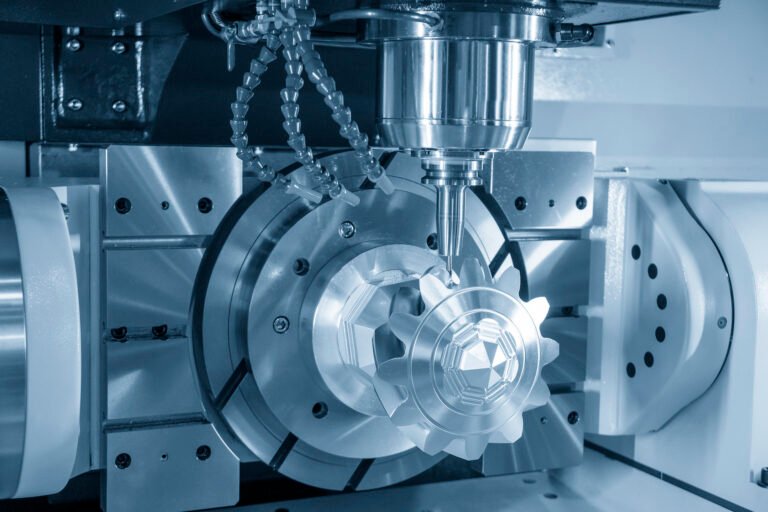In precision manufacturing industries, fasteners play a critical role in securing and assembling components. Their surface and internal cleanliness directly impact the performance, reliability, and longevity of the entire mechanical system. In sectors such as automotive, aerospace, medical, and renewable energy, even microscopic contamination on fasteners can lead to assembly failures, malfunctioning systems, or severe safety risks. To address this issue, the international standard ISO 16232 was developed to quantify and control particulate contamination in automotive components — a standard that is now increasingly adopted in the fastener industry.
This article introduces the core principles of ISO 16232, outlines its testing methodologies, and explains how it is applied in the cleanliness inspection of industrial fasteners. Whether you are a manufacturer, quality manager, or procurement specialist, understanding this standard is essential for delivering compliant and high-performance fastening solutions.
What Is ISO 16232?
ISO 16232, officially titled “Road vehicles — Cleanliness of components of fluid circuits”, is a globally recognized standard issued by the International Organization for Standardization (ISO). It defines the procedures for extracting, analyzing, and documenting particulate contamination in automotive components.
The standard was initially released in 2007 and updated in 2018. Its primary objective is to quantitatively evaluate particle contamination levels to ensure components meet cleanliness specifications required by OEMs or system integrators.
While the standard was originally tailored for fluid circuit components, its methodologies are now widely applicable in fastener cleanliness testing due to the growing demand for contamination control in mechanical assemblies.
Why Is Cleanliness Inspection Important for Fasteners?
Fasteners — including bolts, screws, nuts, and washers — may be small in size, but they have a large impact on product integrity. The presence of foreign particles such as metal shavings, dust, or oils on fastener surfaces or threads can lead to:
• Assembly jamming or failure: Debris interferes with torque or seating performance.
• System contamination: Particles migrate into hydraulic, fuel, or lubrication systems.
• Fatigue failure: Contaminants act as stress concentrators and accelerate cracking.
• Electrochemical corrosion: Residual particles react with surfaces, reducing corrosion resistance.
Adopting the ISO 16232 cleanliness inspection standard allows manufacturers to minimize these risks and meet stringent quality expectations in global markets.
Key Elements of ISO 16232
The ISO 16232 standard is divided into several parts, covering the complete testing process:
- Terminology and classification of contaminants
- Particle extraction techniques:
o Rinsing
o Ultrasonic cleaning
o Immersion and agitation
o Pressurized flushing - Filtration and collection: Using filter membranes (typically 0.8μm pore size) to capture contaminants.
- Analysis methods:
o Optical microscopy: To count and size particles.
o Gravimetric analysis: Weighing total collected residues.
o Spectroscopic methods (SEM/EDS): To identify particle composition. - Results and reporting: Presenting data by particle size categories (e.g., >5μm, >15μm).
- Process validation: Ensuring test repeatability and accuracy.
These procedures are fully applicable to fastener testing, particularly in automotive and high-performance applications.
ISO 16232 Cleanliness Inspection Workflow for Fasteners
Below is a typical inspection process for cleanliness control in batches of fasteners:
1.Sample Selection
• Randomly select representative fasteners (e.g., bolts, screws, nuts) from the production lot.
• Document size, material, and surface treatment.
2. Particle Extraction
• Use methods like pressure rinsing or ultrasonic cleaning to remove particles from fastener surfaces.
• Collect the extraction fluid and filter it through a membrane.
3. Particle Analysis
• Use an automated particle analysis system with optical microscopy to detect and classify contaminants.
• If needed, perform scanning electron microscopy (SEM) and energy-dispersive spectroscopy (EDS) for material identification.
4. Data Evaluation and Reporting
• Compare findings to customer-specific cleanliness limits.
• Issue a detailed cleanliness report showing:
o Total particle count
o Size distribution charts
o Contamination weight
o Pass/fail judgment
Common Cleanliness Requirements for Fasteners
Cleanliness levels depend on application and industry requirements. Below are some typical values:
Application Area Cleanliness Target (Example)
Engine bolts ≤100 particles >25μm per part
Hydraulic system nuts ≤200 particles >15μm per part
High-pressure fuel system screws ≤20 particles >200μm per part
EV cooling circuit fasteners ≤50 particles >10μm per part
Note: ISO 16232 does not define fixed limits; targets are set by the customer or OEM.
Benefits of Implementing ISO 16232 for Fastener Manufacturers
✅ Improved Quality and Brand Trust
Using an internationally accepted cleanliness testing method demonstrates a manufacturer’s commitment to high-quality standards and helps win over global customers.
✅ Reduced Risk of Rejections and Recalls
Contamination-related failures can result in significant costs. ISO 16232 inspection helps prevent defects from leaving the factory.
✅ Enhanced Process Control
The data collected allows manufacturers to improve upstream processes such as machining, deburring, cleaning, and packaging.
✅ Compliance with Automotive and OEM Standards
ISO 16232 is commonly referenced in IATF 16949 and other quality management systems in the automotive sector.
How to Integrate ISO 16232 into Fastener Production
Here are steps fastener suppliers can take to adopt ISO 16232 inspection:
- Set up a cleanliness testing lab:
o Equip with washing stations, filter units, and particle analysis tools. - Define internal cleanliness standards based on customer requirements.
- Train staff in ISO-compliant inspection procedures.
- Incorporate testing into final inspections before shipment.
- Continuously improve using data feedback to optimize production steps.
Conclusion: Cleanliness as a Competitive Advantage in Fastener Manufacturing
As global manufacturing trends emphasize higher reliability and zero-defect performance, cleanliness inspection using ISO 16232 has become a critical factor for fastener suppliers. It is no longer optional for those seeking to work with top-tier automotive, aerospace, and industrial clients.
By integrating ISO 16232 into your fastener inspection and quality control system, you ensure a higher level of product integrity, reduce the risk of failure, and enhance your position in international markets.


